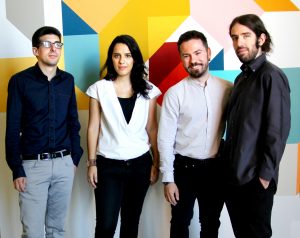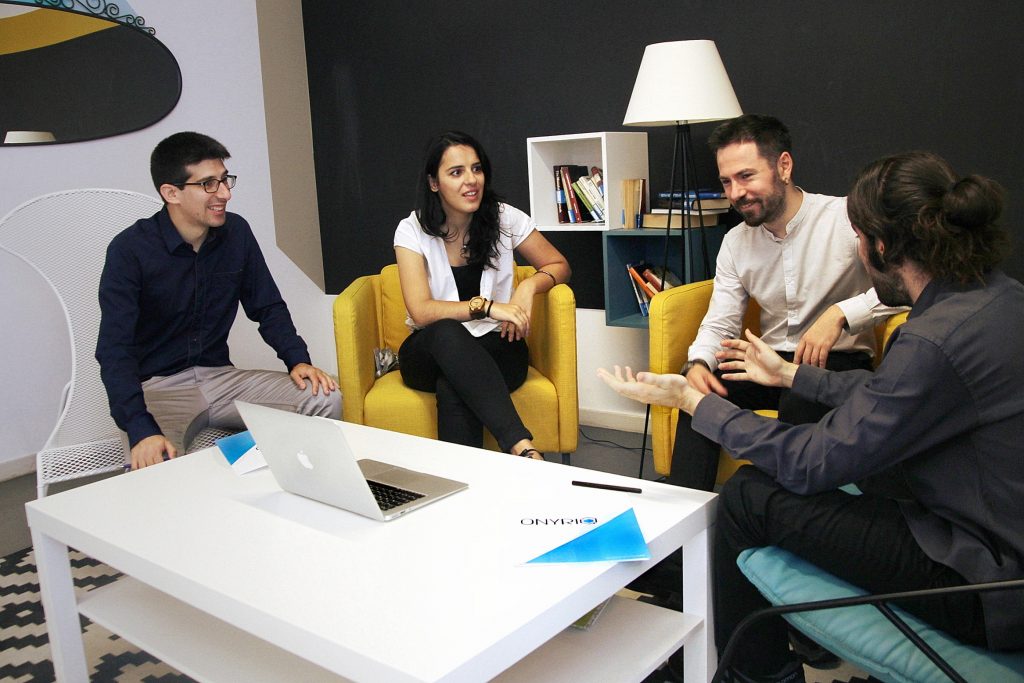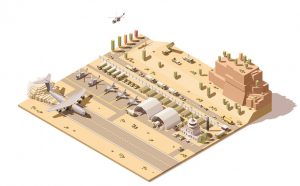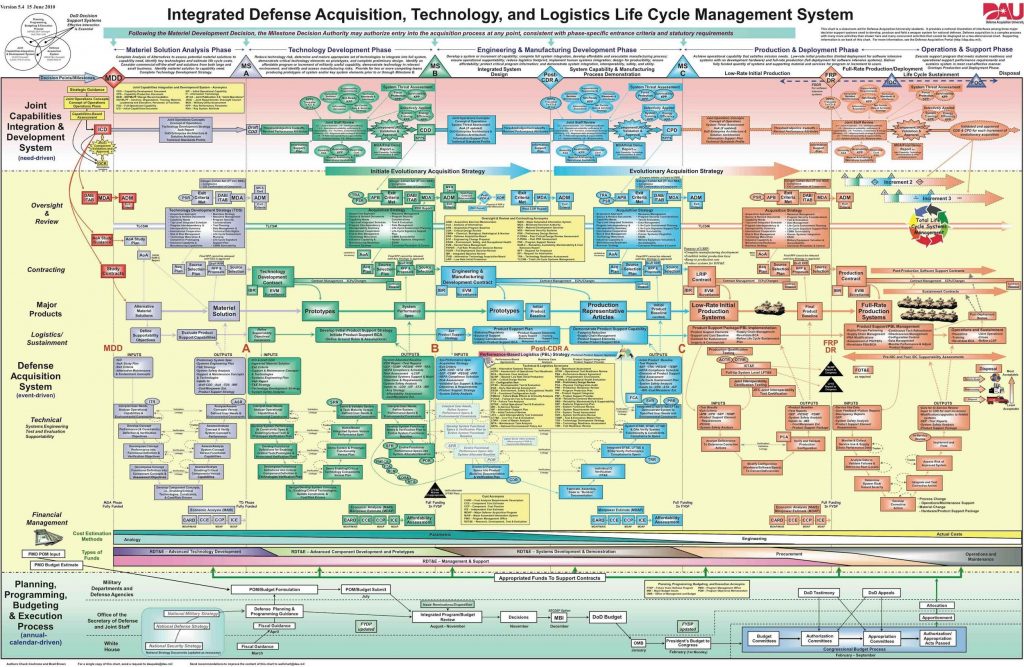 This article was written by guest author Mats Malmstrom, who who will be presenting the upcoming webinar on value management.
This article was written by guest author Mats Malmstrom, who who will be presenting the upcoming webinar on value management.
Mats is a multi-talented management consultant with more than 25 years of experience as executive sponsor, program and project manager, as well as the owner of LYM innovation Consulting, a firm coaching and training organizations in the art and science of Project Management in North and Latin America.
Introduction to traditional value management
Traditionally value in projects has been expressed with the following formula: Value(outcome)=Scope/Cost
Thus, theoretically we have two options to increase project value: we increase the scope more than we increase the cost,or decrease the cost more than the scope. Mathematically, there is no possible objection to these two possibilities, which are enabled by the initial formula.
Here’s where the problem starts. As we all know, project management is the art and science of producing results never achieved before (which is quite amazing, if you think of it). Unfortunately, the beautiful simplicity of the value formula doesn’t quite capture the complexity and dynamics of the project. It’s a bit like trying to predict the weather using the laws of thermodynamics.
In other words: exploring opportunities to increase the scope alone will not guarantee an increased value; nor will a decrease in cost, without looking very carefully at the impact on the scope that is delivered.
The success of a project is measured in the terms of how well it manages to deliver the wanted result/outcome at a predicted delivery time and cost. These terms are expressed in the form of project goals. All projects have different priorities set between these constraints, and project requirements are ranked accordingly to focus the project on “doing the right things”.
While the traditional approach provides a good baseline for value management in terms of setting the broad parameters of value creation, following the “mathematical tactics” blindly could result in critical value being forgotten or lost.
Project value straddles beyond usual project management parameters
Historically we have been defining and monitoring project success and performance in terms of Scope (requirements implemented), Time (Project outcome delivered on time), Cost (Project cost vs initial budget) and Quality (Quality KPI’s fulfilled). Projects meeting those goals have been considered successful and thus have generated the expected value for the organization and its business.
Though these parameters give a good indication of project performance they often fail to show the complete picture of the value expected or created by a project.
That’s why it’s increasingly important to talk about value in its own terms, as opposed to treating it as a by-product of the parameters listed above.
The PMI has recognized this reality for many editions. Take, for example, the definition of business value in the glossary of the PMBOK 5th edition, where it is noted that the concept is unique for each organization, and includes both tangible and non-tangible elements.
When we start consider value as the reason for doing what we do, value management becomes a central process driving business success., In the latest Pulse of Profession report from PMI(r) indicates that organizations applying Benefit realization management (Value management) are reaching better project results.
Also, defining project goals around those terms does have an impact on how the project is organized, managed and how the project governance is implemented in the organization.
Some examples of poor value management
Problem statement:
The project manager could not report on the new financial KPI’s required for a more thorough financial follow up of the project because of the way the line organization had structured the cost collection in the ERP system. This generated an additional cost for the project, as cost information had to be manually collected and synthesized from the project organization.
Diagnostic:
There was a misalignment in the matrix organization, making it very difficult to measure the value of the project accurately.
Problem statement:
The project manager prioritized delivery performance (Time) without understanding what the customer’s most urgent needs were. The project was showing excellent progress while the customer complaints escalated.
Diagnostic:
In this case the value tracking did not include some of the values expected to be delivered by the project.
Problem statement:
The standard project reporting did not meet the organization’s/stakeholders’ needs for business information, adding extra work for the project team.
Diagnostic:
This is a typical situation that occurs when there is no standard procedure for monitoring value for the project across the organization.
Problem statement:
Another project started up a number of project activities in order to meet the deadline without considering how the large negative cashflow impacted the financial performance of the company.
Diagnostic:
This could have been an approved project execution strategy from the start, but what if it wasn’t? Sound businesses strives to make the financial operations as effective i.e. increase liquidity to reduce the cost of capital, and so have cash available to cover expenses and invest in new ventures.
Structuring Value Management
You may ask what these situations have in common, and what they have to do with value management. In all these cases, a structured value management process across the operation End-to-End would have helped the projects avoid the situation, or at least minimized the project impact.
While there isn’t a catch-all mistake in all the examples, a more holistic approach to understanding project value at the outset of the project, and more consistency in managing the generation of value during the project’s life cycle can help identify misalignments with stakeholders, and between the productivity interests of the project manager and those of the organization.
What do we mean with business value?
Find out more in the webinar: How do you optimize project value?
Let’s go back to this important notion. We have already seen that in order for us to understand the business value of a project we have to put it into the context of the organization: its mission, vision, strategy and goals. We must understand the environment it operates in: customers, competitors, regulatory and legal considerations. How does the organization get things done, i.e. what are the processes and tools used? What resources and competences does the organization have? How is the organization structured and governed?
The expected business value is expressed exclusively for each project in both tangible and intangible goals in various dimensions related to company strategy, business goals, the customers, resource availability, operational improvements, competence development, to name a few.
Of course, financial aspects are crucial -although not sufficient per se. The financial performance of the project must be in for measuring success, and rigorous financial metrics must be used to measure the value of the project (and its feasibility!) over the project life cycle. Hence it is vital for the project manager to have a good understanding of how the project performance is impacting both the general company financials and the project financials in order to lead the project and take corrective actions when necessary.
Successful business value creation starts with a comprehensive, purposeful strategic planning on company level and is then broken down into a portfolio of business critical initiatives that are realized by executing programs or projects.
Capturing the business value for the project is a quite complex work of collecting and understanding its complete context. Unfortunately, very often project managers are not self-sufficient in this type of activity, since they may not access to have relevant information, either because it has not been communicated properly, because it is sitting in an organizational silo, or, in the worst case scenario, because it may be classified or beyond his level of authority.
For the project manager to lead the project effectively often means to realize what he doesn’t know about the project and untap many unknown unknowns. Of course, this is a daunting task without proper information sharing policies that enforce a culture of collaboration and interaction with stakeholders that help lead resources in the right direction.
In conclusion: You might not have an organizational structure and processes in place to follow up or ensure value creation in the project. However, there are some relatively easy things that you could do within the limit of your level of authority.






 Financial services are an infallible measure of your time
Financial services are an infallible measure of your time The Pentagon is not only the symbol of the most powerful military power in the world, but the supreme governing body of the American military: the public organization that has contributed the most to the consolidation of project management as a discipline. The technological development experienced by the arms industry and the expansion of logistics operations supported the development of numerous methodologies and an abundant class of engineers.
The Pentagon is not only the symbol of the most powerful military power in the world, but the supreme governing body of the American military: the public organization that has contributed the most to the consolidation of project management as a discipline. The technological development experienced by the arms industry and the expansion of logistics operations supported the development of numerous methodologies and an abundant class of engineers. 
 During the past year, various subjects were suppressed in all educational establishments within the education system in Finland, and the teaching method known as Phenomenon-based Learning (PhenoBL) was introduced. In fact, this method involves a collaborative and empirical work between students and teachers through an action that can be considered a step of applied innovation in the field of education, the management of interdisciplinary projects.
During the past year, various subjects were suppressed in all educational establishments within the education system in Finland, and the teaching method known as Phenomenon-based Learning (PhenoBL) was introduced. In fact, this method involves a collaborative and empirical work between students and teachers through an action that can be considered a step of applied innovation in the field of education, the management of interdisciplinary projects.
 Artificial lakes, Venetian canals inside commercial galleries, fountains capable of pumping water as high as a building ... Few cities make a more spectacular use of water.
Artificial lakes, Venetian canals inside commercial galleries, fountains capable of pumping water as high as a building ... Few cities make a more spectacular use of water.